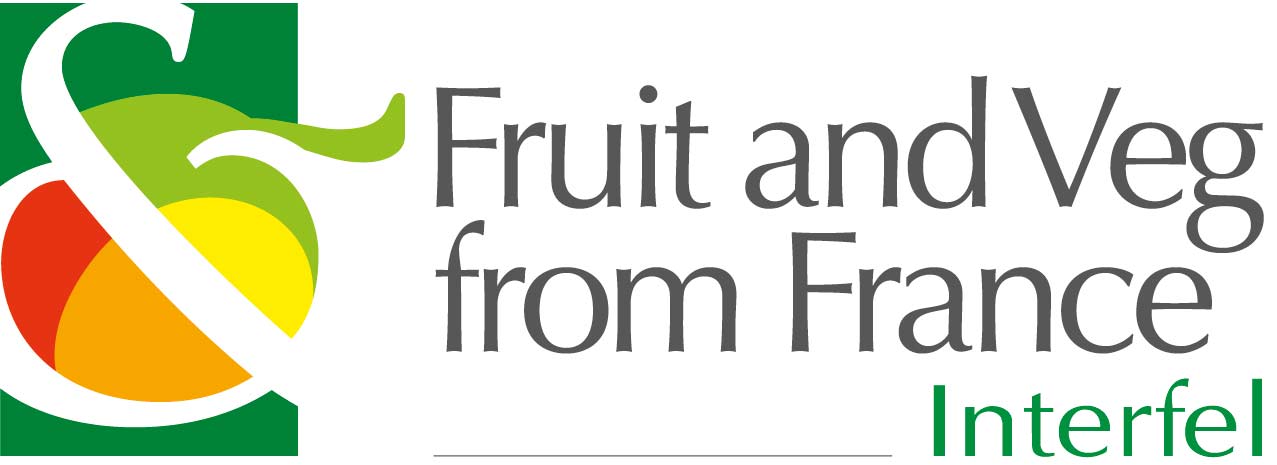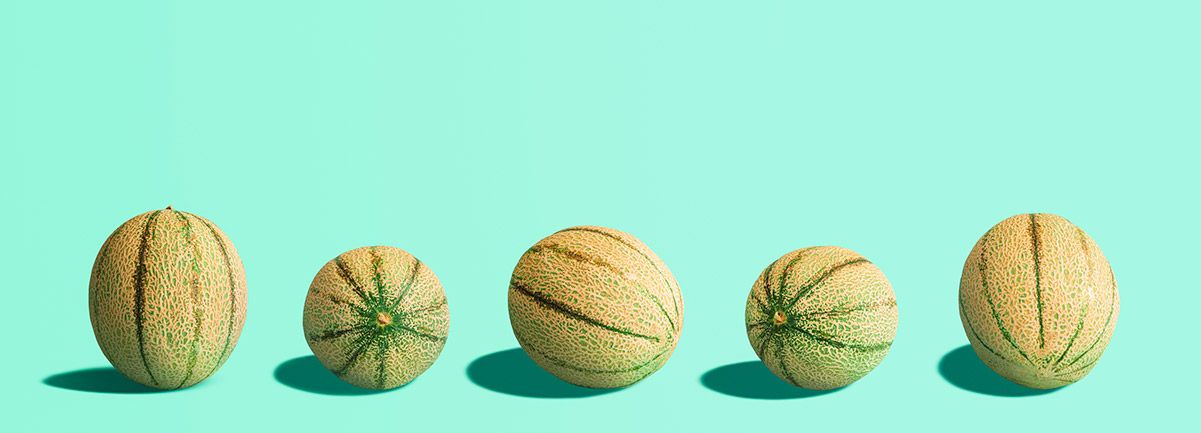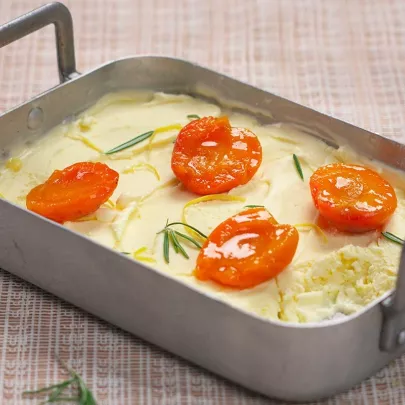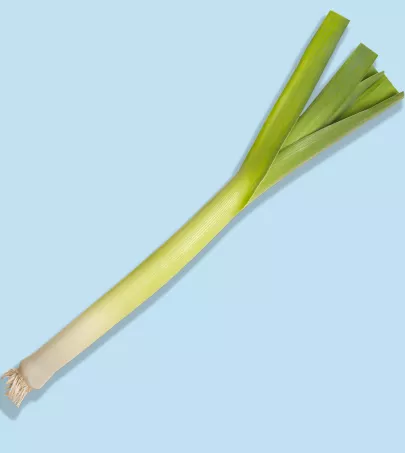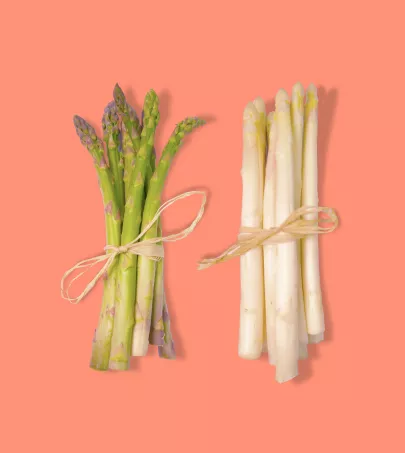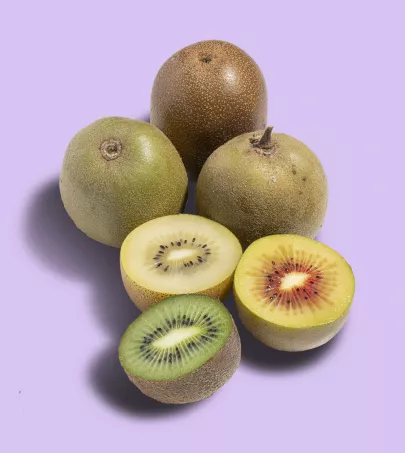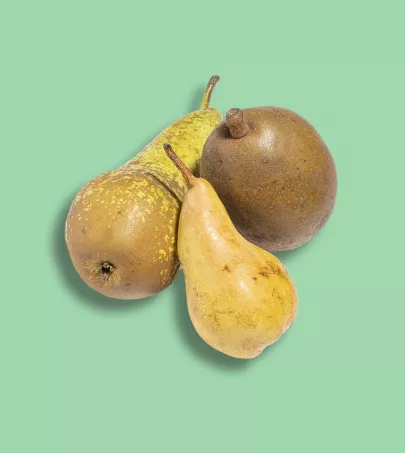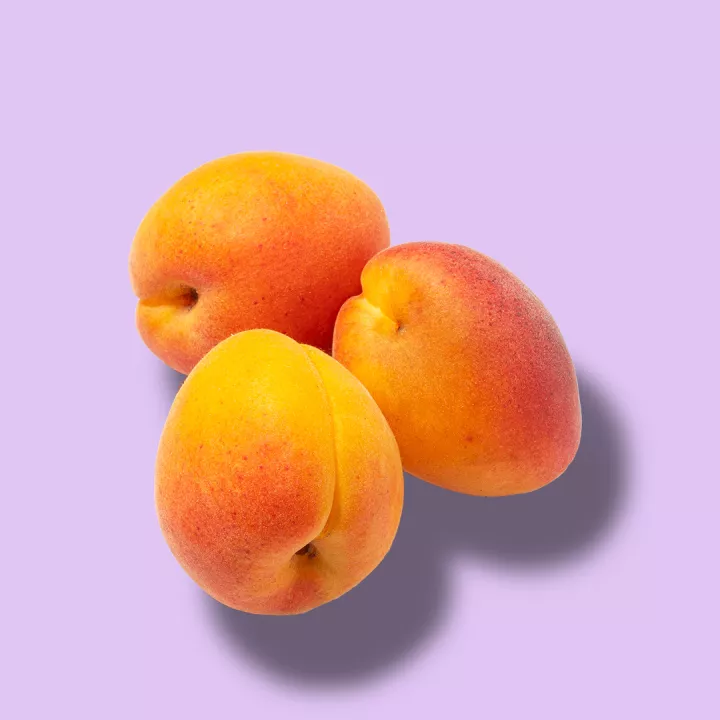
French Apricots

Rhône-Alpes, Provence-Alpes-Côte d’Azur, Occitanie
Grown in France, mainly in the south-eastern regions, this summer fruit comes in many varieties, flavors, and textures. French apricots are recognized by quality and origin labels such as the Label Rouge and in the case of the “Rouge du Roussillon” variety native to the Languedoc-Roussillon region, a PDO.
What you need to know
A round shape, a groove in the middle, a deep yellow to red skin, fairly juicy and sweet flesh, and a stone in the center containing a bitter kernel. That’s the fruit of the apricot tree. Originating from Central Asia, where it grew in the wild over 5,000 years ago, this tree is popular in hot climates. Usually planted in spring or fall, it flowers in the summer. With a little pruning and weather permitting, beautiful fruits appear from the third or fourth year. These are usually harvested from mid-May to mid-August, depending on the variety. Some arrive early (Orangered, Tom Cot), others in season (Rouge du Roussillon, Kioto) and others appear late (Orangé de Provence, Bergarouge, Bergeron). There are many other differences in addition to seasonality. Particularly when it comes to the Rouge du Rousillon. In 2016, it was accorded a PDO which specifies an appellation area of just 100 communes of Roussillon, only four cultivated varieties, limited yields, well-ventilated orchards, harvesting by hand and careful sorting. Which all go to produce an exceptional fruit!
Characteristics
Look
Touch
Taste
Nutritional benefits
Fresh apricots are naturally fat-free and rich in vitamin A.
Editor's note
How to use
Storing French Apricots
About 2 to 3 days, in the vegetable drawer of the refrigerator.
Preparing French Apricots
It’s a good idea to just wash apricots under cold water before cooking.
Serving French Apricots
Enjoy them just as they are, or make an unusual salad, with green beans for example. Apricots can also be cooked and used in pies, clafoutis, ice cream, compote, or jam, or grilled on the barbecue...
Pair with
Apricots go beautifully with oranges, peaches, lemons, almonds, rosemary, fresh cheese, or lamb. A glass of Muscat from Beaumes-de-Venise will do wonders.

